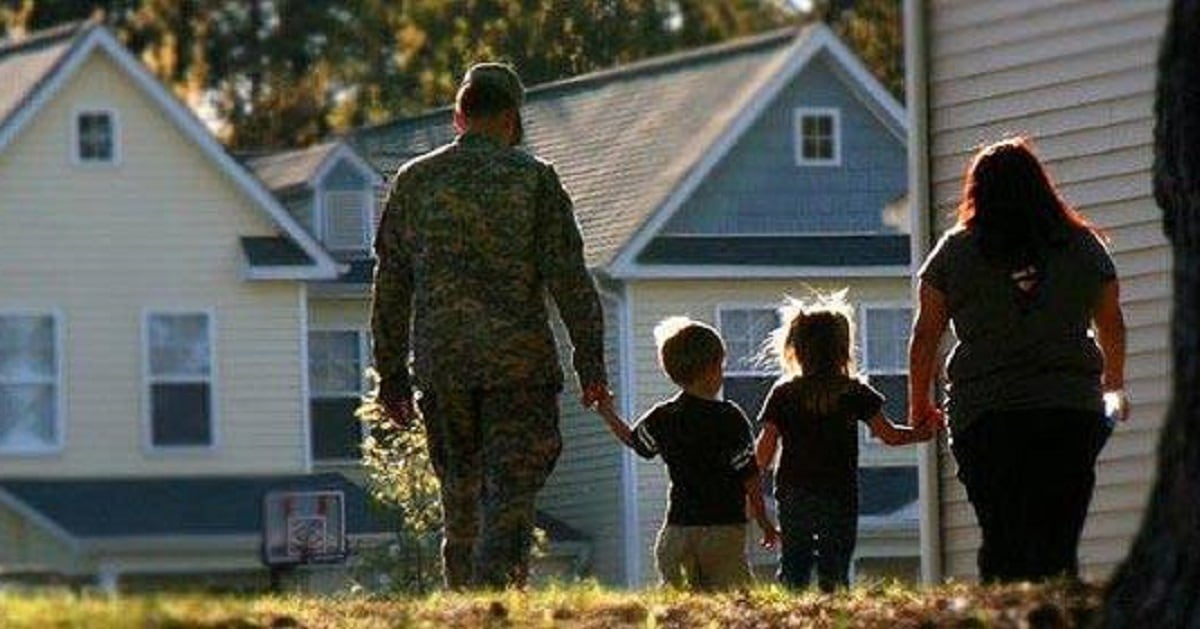Bill Geiger tried everything to get help for his post-traumatic stress disorder and the panic attacks, anxiety and anger issues that came with it — civilian doctors, Veterans Affairs hospitals, “you name it,” he said in a recent interview.
“I was just kind of floundering,” he said. “There was something that just wasn’t working.”
Then in 2015, after medically retiring from the Army, he heard about a new program through the Wounded Warrior Project that would provide two to three weeks of intense therapy. He was one of the first ones to try it and was amazed by the results.
“The Warrior Care Network was like no place that I’ve ever been; the treatment was like nothing I’d ever seen,” he said. “Now I’m standing here today. I’m still alive and kicking.”
The Wounded Warrior Project announced Tuesday that it will be putting $160 million more toward the Warrior Care Network that Geiger went through. That represents a significant expansion of the $100 million already invested in the program, and the nonprofit hopes the additional funding will allow them to reach more than 5,000 veterans and service members over the next five years.
The Network is a partnership with four academic medical centers, including UCLA, Emory Healthcare, Rush University Medical Center and Massachusetts General Hospital. It started as a pilot program three years ago. The hospitals work together but also have particular specialties and treat veterans from all over the country — not just those from their local communities.
Geiger, from Tallahassee, Florida, attended the program at Massachusetts General in Boston. For eight hours a day over two weeks, he received multiple forms of therapy through one-on-one counseling, group sessions, art and stress-relieving exercises, such as yoga and Tai chi. He also learned about mindfulness and resilience, which have helped him the most, he said.
“Not everything sticks with everybody, but every time you do something new … you pick a little bit here and a little bit there, and it builds to the point where you’re like, ‘OK, I think I got it now,’” he said.
“I’m not perfect. I still fall off the wagon. I still get mad. But I learned that I get back up again and I try harder next time.”
Rob Louis, a spokesman for Wounded Warrior Project, said the program has had high completion and success rates, and early signs point to both the military and the Veterans Affairs Department embracing it.
"What we’ve seen is amazing, great reductions in PTSD symptoms,” as well as notable overall improvements in wounded warriors, he said.
In addition to helping treat more than 5,000 veterans directly through the intensive therapy program, the additional funding will provide other services for more than 16,000 veterans, service members and their families.
“I’m glad it’s expanding because I know how much it helped me,” Geiger said. “Hopefully (others can) come out on the other side as well as myself and the other people I know that have gone through it.”
Military Times contributor and former reporter Natalie Gross hosts the Spouse Angle podcast. She grew up in a military family and has a master's degree in journalism from Georgetown University.





